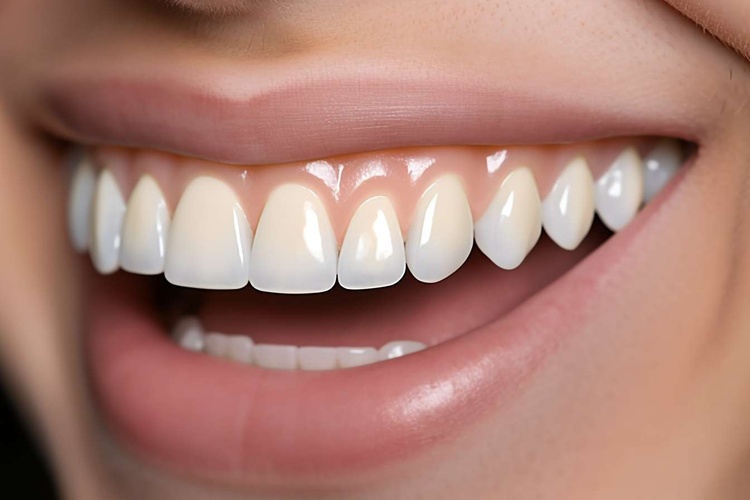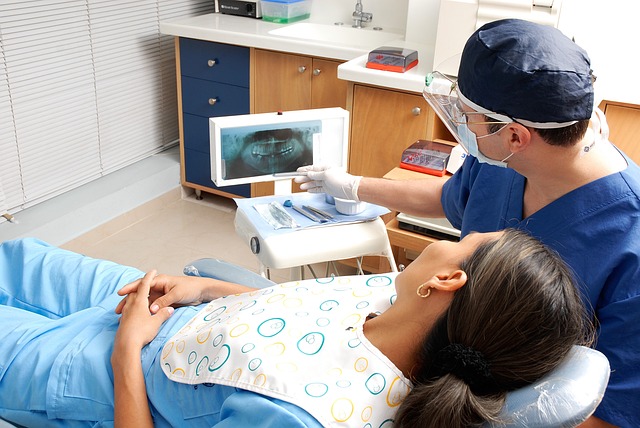Understanding Screwless Dental Implants: Benefits and Technology
Screwless dental implants represent a significant advancement in dental restoration technology, offering patients a more comfortable alternative to traditional implant systems. These innovative devices eliminate the need for screws by using alternative attachment methods that can reduce surgical complexity while providing stability for replacement teeth. For many patients seeking tooth replacement solutions, this newer approach offers distinct advantages worth exploring.

Some implant systems replace the central abutment screw with a friction-fit connection or a one-piece structure designed to limit microgaps and reduce mechanical complications. Screwless dental implants follow this approach, aiming for stable, hygienic connections while simplifying maintenance. Careful planning, imaging, and clinician experience remain central to outcomes. This article is for informational purposes only and should not be considered medical advice. Please consult a qualified healthcare professional for personalized guidance and treatment.
What Are Screwless Dental Implants?
Screwless dental implants generally use either a locking taper (often called a Morse taper) or a one-piece configuration. In a locking taper, the abutment is seated into the implant with a tight friction fit, creating a seal without a screw. One-piece designs integrate the implant body and abutment into a single component, frequently in zirconia for esthetics and biocompatibility. This revolutionary design reduces the number of parts and may help limit microleakage at the interface. As with all implants, success depends on healthy bone, precise placement, and appropriate loading.
Why Choose Screwless Implants? Benefits and Advantages
Potential advantages include fewer components that can loosen, a sealed interface that may limit bacterial ingress, and soft-tissue support that can enhance esthetics. Some clinicians also note streamlined appointments, since there is no screw to torque or re-tighten. However, retrievability requires specific tools for locking tapers, and one-piece implants demand accurate positioning because angulation cannot be corrected later. A comprehensive evaluation—medical history, bite analysis, and hygiene access—guides whether this option is appropriate.
How Screwless Dental Implants Work: A Secure Solution
Locking taper systems rely on a precision-fit cone that resists micromovement under chewing forces. The abutment is tapped into place to achieve a friction seal and removed with a dedicated instrument that breaks the taper lock. One-piece implants are planned to align the final abutment angle during surgery, making preoperative 3D imaging and surgical guides valuable tools. In both approaches, osseointegration provides the foundational stability. Restorations can be single crowns, short-span bridges, or attachments for overdentures, chosen according to bone quality, opposing dentition, and hygiene considerations.
Screwless Implants for Seniors: Success and Comfort
For older adults, comfort, simplified upkeep, and predictable function are important. Screwless connections reduce the number of small mechanical components, which may lower maintenance related to screw loosening. Overdentures supported by two to four implants can improve chewing efficiency and speech compared with conventional dentures. Medical conditions, medications that affect bone metabolism, and previous periodontal disease are evaluated carefully. Routine professional cleanings and home care adapted to dexterity help maintain tissue health around the restoration.
Affordable Screwless Dental Implants: Cost Factors
Questions about affordability for screwless dental implants are common, but costs vary across the United States. Total fees reflect diagnostics (exam, CBCT imaging), surgery, materials (titanium or zirconia), potential bone grafting, provisional restorations, and the final crown or prosthesis. Insurance coverage differs widely; some plans contribute to parts of the restoration while others exclude implants. Examples of brands used in screwless or one-piece concepts include Bicon, CeraRoot, and Straumann’s PURE Ceramic line, alongside conventional screw-retained titanium systems used for comparison.
| Product/Service | Provider | Cost Estimation |
|---|---|---|
| Bicon SHORT locking taper implant with crown | Bicon Dental Implants | 3800–6500 USD per tooth |
| CeraRoot one-piece zirconia implant with crown | CeraRoot | 4000–7000 USD per tooth |
| PURE Ceramic implant with crown | Straumann | 4200–7500 USD per tooth |
| Conventional screw-retained titanium implant with crown | Various brands | 3000–6000 USD per tooth |
Prices, rates, or cost estimates mentioned in this article are based on the latest available information but may change over time. Independent research is advised before making financial decisions.
Costs may increase when additional procedures—such as sinus elevation or ridge augmentation—are required. Some clinics bundle surgical and restorative phases, while others bill separately. Dental schools and community clinics sometimes provide reduced fees for eligible patients. Clarifying whether extractions, temporaries, and maintenance visits are included helps interpret quotes accurately.
In summary, screwless dental implants employ locking taper or one-piece designs to minimize microgaps and avoid screw-related complications. With thoughtful case selection, careful placement, and consistent maintenance, they can deliver stable function and pleasing esthetics for many patients, including seniors. Understanding the clinical approach, the cost components, and the range of available systems provides a clear basis for informed decisions.




